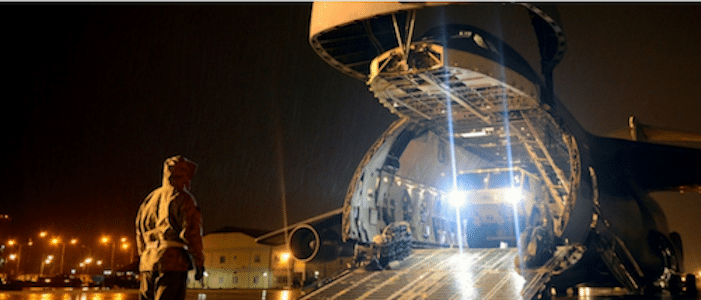Last week, leaders from all 28 NATO member nations met in Warsaw, coming together for what President Obama called the alliance’s “most important moment” since the end of the Cold War. The symbolism of the summit’s location was not lost on anyone. In the face of Russian provocations, NATO allies in Eastern Europe are especially concerned. Released at the close of the summit on July 9, the Warsaw Communiqué forthrightly recognizes that NATO has a Russia problem. 1 The summit took many important steps to adapt to this new strategic environment, including the deployment of four battalions in the Baltics and Poland and commitments to improve in several capability areas.
One capability area where the summit seemingly falls short of adapting, however, is missile defense, a core alliance mission since 2010. Additional steps are needed to update and expand European air defenses into an Integrated Air and Missile Defense (IAMD) network tailored to deter and defeat low-tier Russian threats while enhancing strategic stability. To be sure, the communiqué announces the initial operational capability for NATO’s ballistic missile defense (BMD), as a result of the recent activation of the Aegis Ashore site at Deveselu, Romania, aimed at prospective missile threats from the south, notably Iran. This architecture tailored to Iran, however, does not deter Russia. Both the southern and the eastern problems require respective, albeit related, solutions. The summit affirmed that NATO will have “the full range of capabilities necessary to deter and defend against potential adversaries and the full spectrum of threats that could confront the Alliance from any direction.” (Indeed, the phrase “from any direction” was used three times.) Applying this to air and missile defense will mean going beyond current European Phased Adaptive Approach (EPAA) plans, while remaining consistent with the EPAA’s guiding principle of adaptability.
The European IAMD envisioned here would be designed to protect deployed and rapid response forces, complicate nonstrategic Russian missile attack, protect freedom of movement within NATO territory, and permit the flow of forces to respond to aggression. Such a multinational or alliance-wide network would make deterrence more credible, raise the threshold for conventional attack, diminish prospects for coercion, and thereby support assurance and alliance cohesion. Its character would also remain “purely defensive” in nature.
Despite a changed environment, NATO has not yet embraced such a path. Several allies have concerns about doing so or are otherwise unwilling to challenge Russia in this area. This is a hole from which NATO may need to consider digging itself out. It is nevertheless worth considering the problem and potential solutions, should individual nations or the alliance more broadly wish to embrace them in the future.
Read the CSIS white paper here.
